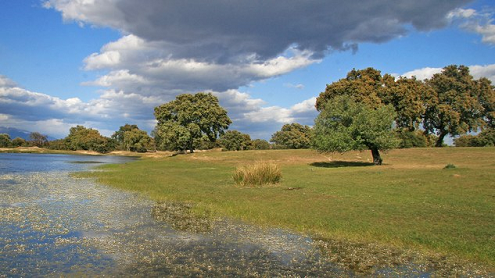As technology has improved, so has our understanding of the environment. For example, satellite imagery and other remote sensing techniques can quickly show us that forest cover is increasing in Europe. But in order to capture the complexity of ecological conditions and dynamics on the ground, it is essential to also use field-based surveying methods.

Habitat and vegetation mapping often incorporate many different methods, including on-the-ground surveys, satellite observations and statistical analysis. Some mapping studies also show what vegetation might look like if human pressures were removed.
In Europe there is a long tradition of such mapping, which has increased since the adoption of the 1992 European Union Habitats Directive. A new report, ‘Terrestrial habitat mapping in Europe: an overview’, includes in-depth information on recent mapping work, a historical perspective and a review of current methods.
The report includes contributions from more than 70 scientists. It was initiated by the French National Museum of Natural History to serve national purposes, and subsequently published as a joint European report by the European Environment Agency (EEA) and the museum. It was written with the support of EIONET, the EEA network.
The report focuses on projects which cover large areas, often entire countries, at relatively large scales (typically 1:50 000) and using related classification systems developed in the field of phytosociology, the study of plant communities. Several projects are described in some detail, in order to highlight the variety of methods used and the level of organisation required for successful projects.
Vegetation scientists have made significant advances in the development of habitat mapping across Europe, the report says, although there is still a need to make classification systems compatible, which is one of the aims of the EEA’s EUNIS habitat classification.
Mapping habitats clearly plays an important role in improving knowledge to support implementation of the EU 2020 Biodiversity Strategy. Habitat and vegetation surveys can also feed into a range of different policy areas, from designating protected areas to spatial planning.
Az eredeti cikk innen érhető el.




